
CURATOR’s EYE
ART &MOVIE - Resonance between film and painting guided by scene and image
Follow TRiCERA on Instagram and check out our creative artists
5%OFF & free shipping 1st purchase
FIRSTART5
10%OFF 2nd purchase after 1st purchase!
Welcome to TRiCERA
Hi there! We are pleased to have you here 🎉
Could you please describe yourself?
Guest
Vincent van Gogh is one of the most famous painters in the world, but he is also synonymous with the image of the "suffering artist.
Van Gogh, who died at the age of only 37, was able to sell only one painting during his lifetime.
However, even that Van Gogh had some surprisingly little-known facts. In this issue, we have selected eight of these facts to introduce.
Van Gogh was actually not a painter but a pastor, teacher, art dealer, and many other jobs until he turned 27 years old.
Then, at the age of 27, he gave up these professions and began to devote all his energy to painting.
Over the next 10 years, until the age of 37, Van Gogh produced approximately 900 paintings and 1,100 drawings.
This means that, on average, he created a new painting every 36 hours - almost a day and a half. Besides the fact that he lived a short life, it is also interesting to know that he painted at such a rapid pace when viewing his work.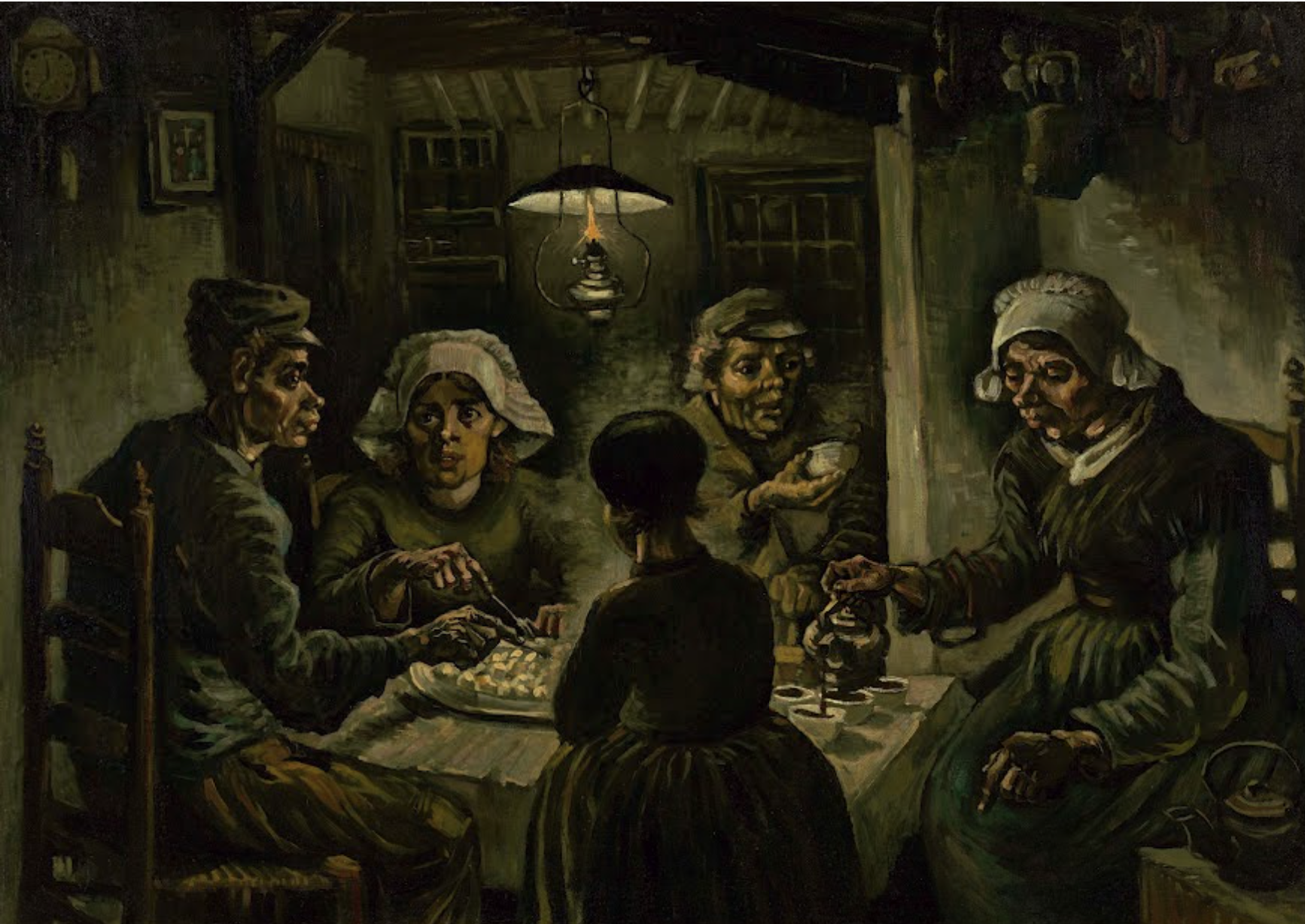
The Potato Eaters, 1885
It is well known that Van Gogh suffered from mental illness, but the details are not well known. In fact, his symptoms included hallucinations, depression, and seizures, which sometimes caused him to say and do quite serious things.
Many modern psychiatrists have attempted to diagnose illness based on his symptoms, pointing to the possibility of schizophrenia, bipolar disorder, syphilis, book syndrome, Geschwind syndrome, and temporal lobe epilepsy. It is also possible to describe it as a combination of these.
In any case, it is clear that Van Gogh's lifestyle must have been quite poor compared to that of the average citizen today.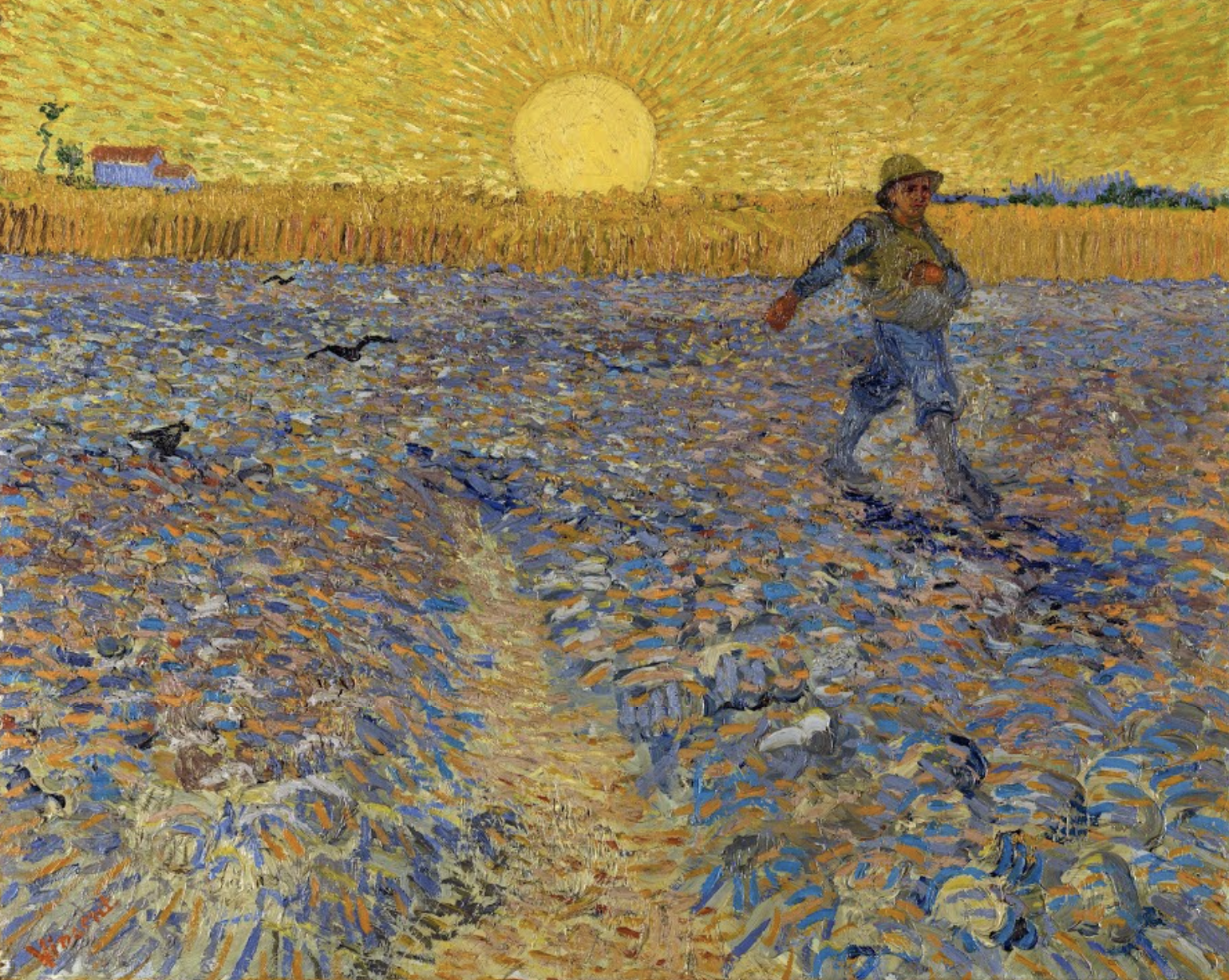
The sower, 1888
Van Gogh was born into relatively privileged circumstances. However, as an adult, he lived a poor life, surviving on cheap food. His meals consisted mainly of bread and coffee, and he drank heavily and was rarely seen without a pipe in his hand.
His brother Theo often provided financial support for Vincent, but Van Gogh was obsessed with his art and spent all his money on art supplies.
By the age of 33, Van Gogh's health was deteriorating. He wrote to his brother Theo that he could only eat six hot meals a year and that his teeth had become loose and painful.
Considering that he overworked himself, had a disordered diet, and liked to smoke and drink, it was not surprising that he fell ill on a regular basis.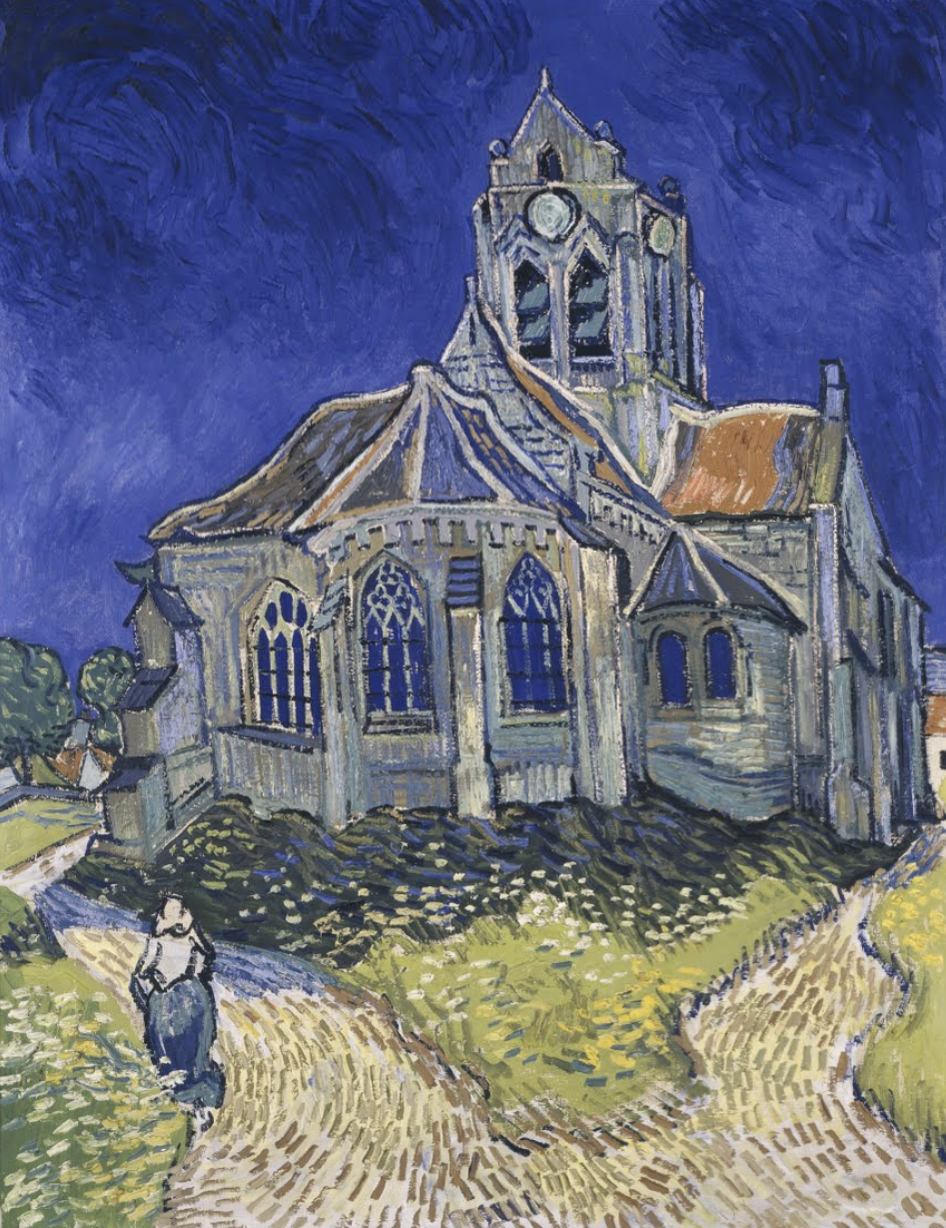
The Church in Auvers-sur-Oise, View from the Chevet, 1890
Van Gogh's mental condition was often so bad that he was in and out of mental hospitals repeatedly. A few years before his death, his hallucinations and delusions became so intense that his neighbors began to take notice of him.
Fearful of his behavior, neighbors dubbed him "the red-haired madman" and rallied to collect signatures for the Arles petition. In response, the police removed Van Gogh from his home and he was hospitalized again.
Dr. Paul Gachet, 1890
Most people have heard that Van Gogh had his ear cut off. It is true that his ears were cut off, but the details of the incident are not known.
Van Gogh and his friend, the painter Gauguin, who was living in a shared studio at the time, had an argument one day. When things got so heated that Van Gogh threatened his friend with a razor, instead of hurting Gauguin, he impulsively cut off part of his ear, wrapped it in cloth, and later gave it to a prostitute.
Some historians, however, believe that Gauguin was at fault. One possible story is that Gauguin was a skilled swordsman, and in a fight he cut Van Gogh's ear off with his sword, and the two agreed to cover up the fact in order to evade the police.
Some believe that Van Gogh cut off the entire ear, but it is also believed that he actually only cut off part of the earlobe.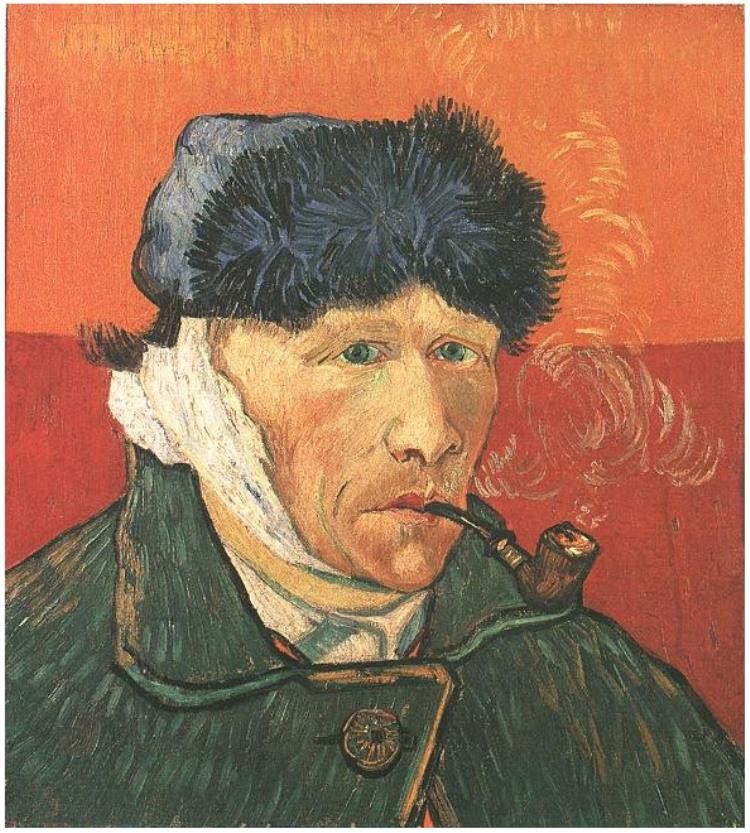
Self-Portrait, 1889
After the ear-slicing incident, Van Gogh decided to be admitted to the Hospital Saint-Paul-de-Mausole, where he was diagnosed with "acute mania with generalized delirium.
Fortunately for him, he was able to continue his creative work during his hospitalization. He spent his days gazing out of his iron barred window at the view below. It was here that he completed his most famous work, "Starry Moonlit Night.
Starry Moonlit Night" was painted at different times of the day. Sunrise, moonrise, sunny days, cloudy days, windy days, rainy days, and so on, he watched the changes in light and weather and faithfully depicted them.
Although recognized as a masterpiece, Van Gogh was never satisfied with this work and reportedly said that he considered the other works he completed while hospitalized to be failures as well.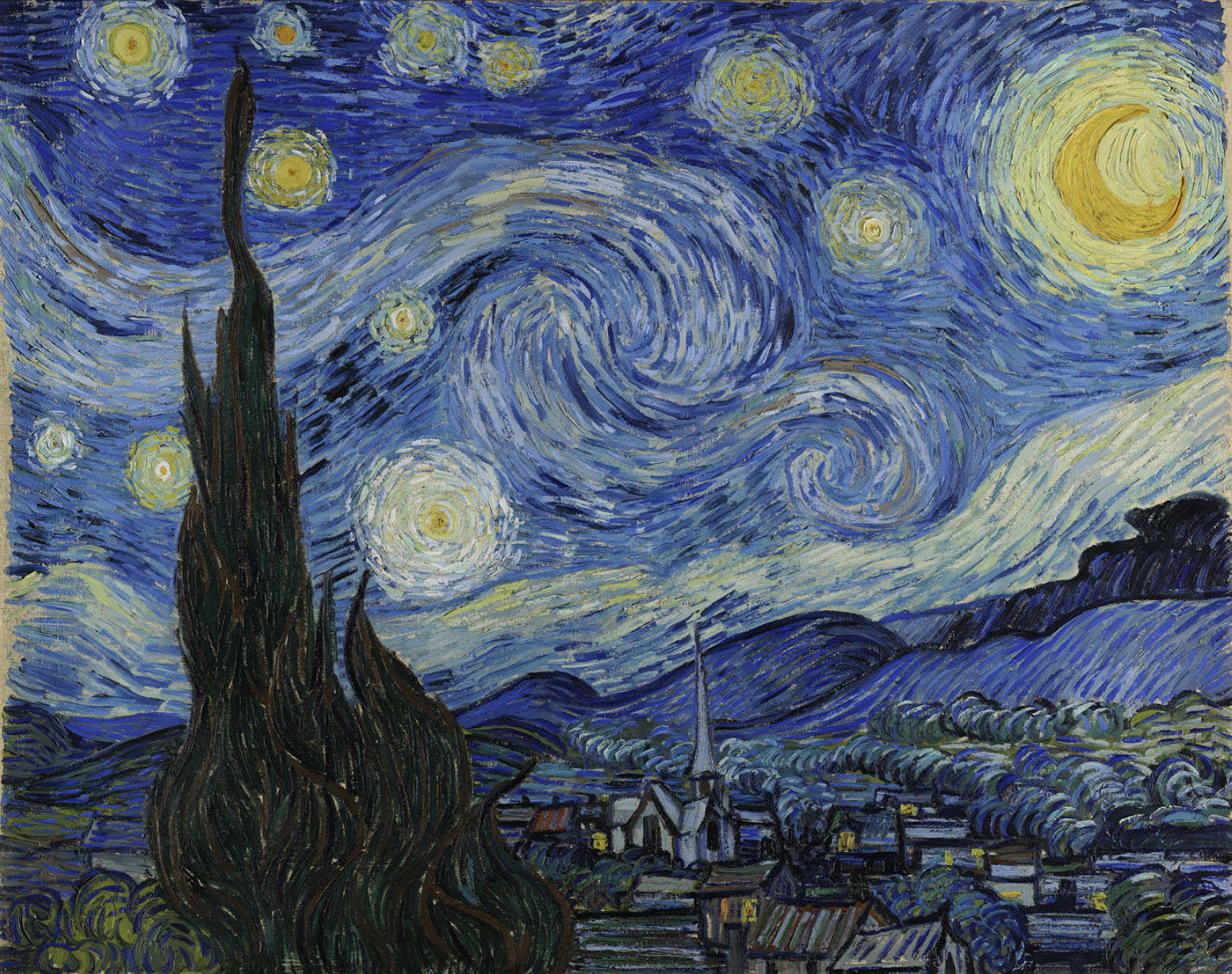
The Starry Night, 1889
Van Gogh painted 43 self-portraits in three years, more out of necessity than vanity.
Unable to afford models and with limited social contacts, Van Gogh had few others to paint.
In his self-portraits, he often appears unshaven, his eyes deeply sunken, his chin weak, and his teeth chipped. Some of the portraits were made just after Gauguin had cut off his ears and bandaged them.
He also went through the trouble of painting new pictures on top of existing ones without buying new canvases, and perhaps there are more paintings hidden under the 900 canvases that are still in existence.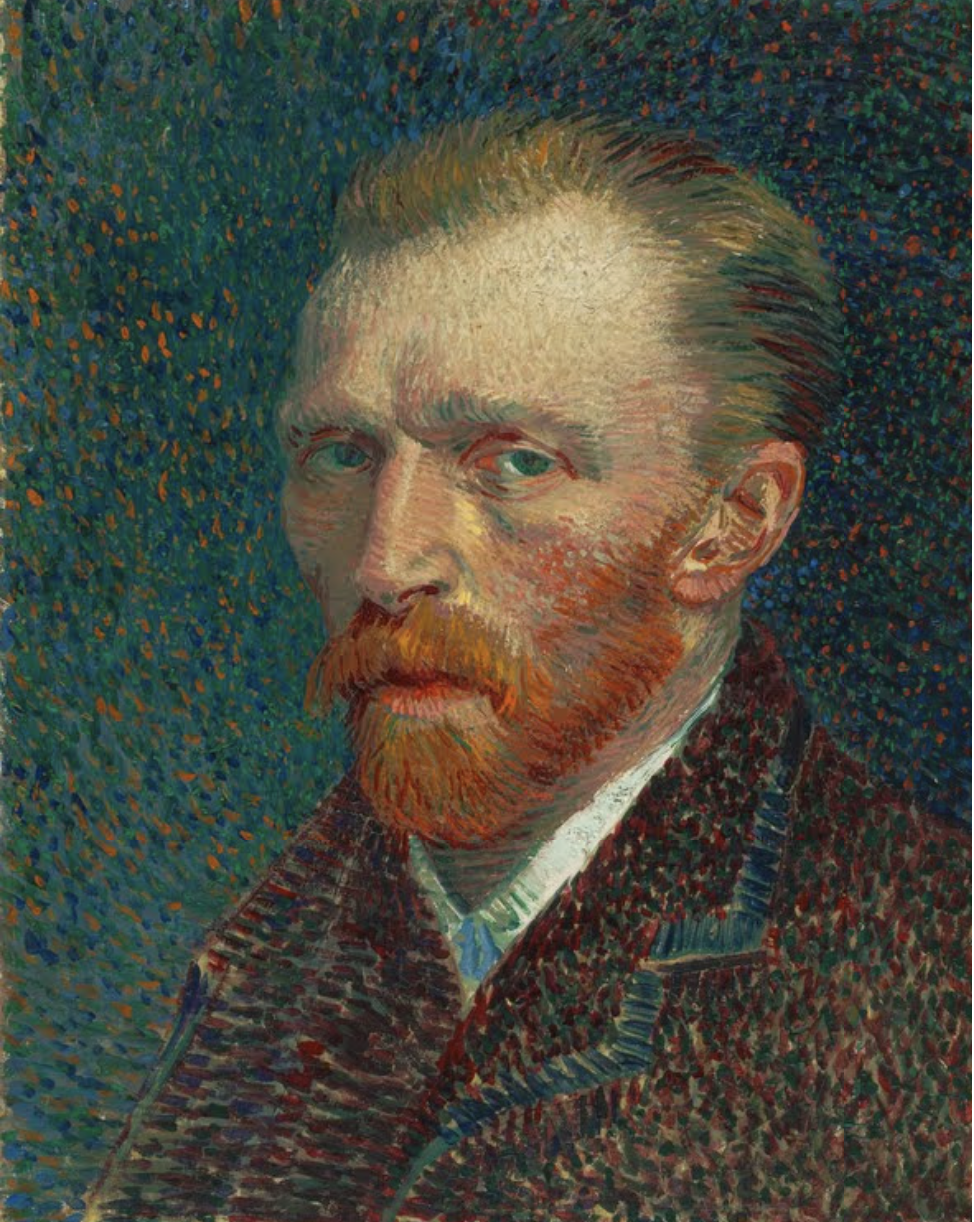
Self-Portrait, 1887
At the age of 37, Van Gogh was released from an insane asylum and moved in with his brother Theo, but his mental condition continued to deteriorate.
On July 29, 1890, it was reported that Van Gogh shot himself in the chest. The bullet penetrated his chest, and although he was not killed directly by the shot, doctors were unable to remove the bullet and he died two days later from an infection that had spread from the wound.
Although this is how Van Gogh's death is usually described with this ending, some believe that Van Gogh did not fire the bullet himself, but that it was killed by a local youth who was teasing him.
On his deathbed, Van Gogh left his brother with the heartbreaking parting words, "Grief will last forever.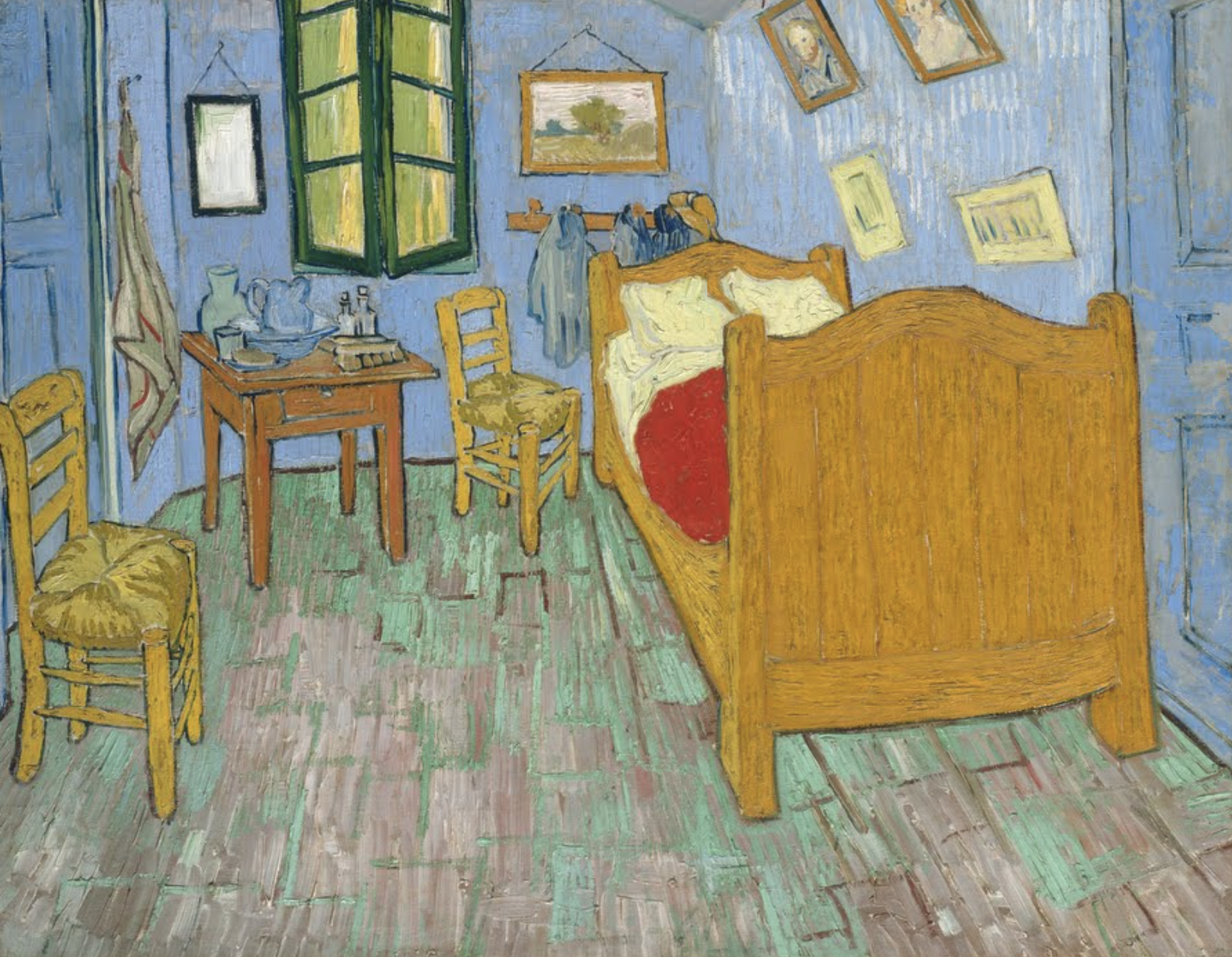
The Bedroom, 1889

Writer
TRiCERA ART
Vincent van Gogh is one of the most famous painters in the world, but he is also synonymous with the image of the "suffering artist.
Van Gogh, who died at the age of only 37, was able to sell only one painting during his lifetime.
However, even that Van Gogh had some surprisingly little-known facts. In this issue, we have selected eight of these facts to introduce.
Van Gogh was actually not a painter but a pastor, teacher, art dealer, and many other jobs until he turned 27 years old.
Then, at the age of 27, he gave up these professions and began to devote all his energy to painting.
Over the next 10 years, until the age of 37, Van Gogh produced approximately 900 paintings and 1,100 drawings.
This means that, on average, he created a new painting every 36 hours - almost a day and a half. Besides the fact that he lived a short life, it is also interesting to know that he painted at such a rapid pace when viewing his work.
The Potato Eaters, 1885
It is well known that Van Gogh suffered from mental illness, but the details are not well known. In fact, his symptoms included hallucinations, depression, and seizures, which sometimes caused him to say and do quite serious things.
Many modern psychiatrists have attempted to diagnose illness based on his symptoms, pointing to the possibility of schizophrenia, bipolar disorder, syphilis, book syndrome, Geschwind syndrome, and temporal lobe epilepsy. It is also possible to describe it as a combination of these.
In any case, it is clear that Van Gogh's lifestyle must have been quite poor compared to that of the average citizen today.
The sower, 1888
Van Gogh was born into relatively privileged circumstances. However, as an adult, he lived a poor life, surviving on cheap food. His meals consisted mainly of bread and coffee, and he drank heavily and was rarely seen without a pipe in his hand.
His brother Theo often provided financial support for Vincent, but Van Gogh was obsessed with his art and spent all his money on art supplies.
By the age of 33, Van Gogh's health was deteriorating. He wrote to his brother Theo that he could only eat six hot meals a year and that his teeth had become loose and painful.
Considering that he overworked himself, had a disordered diet, and liked to smoke and drink, it was not surprising that he fell ill on a regular basis.
The Church in Auvers-sur-Oise, View from the Chevet, 1890
Van Gogh's mental condition was often so bad that he was in and out of mental hospitals repeatedly. A few years before his death, his hallucinations and delusions became so intense that his neighbors began to take notice of him.
Fearful of his behavior, neighbors dubbed him "the red-haired madman" and rallied to collect signatures for the Arles petition. In response, the police removed Van Gogh from his home and he was hospitalized again.
Dr. Paul Gachet, 1890
Most people have heard that Van Gogh had his ear cut off. It is true that his ears were cut off, but the details of the incident are not known.
Van Gogh and his friend, the painter Gauguin, who was living in a shared studio at the time, had an argument one day. When things got so heated that Van Gogh threatened his friend with a razor, instead of hurting Gauguin, he impulsively cut off part of his ear, wrapped it in cloth, and later gave it to a prostitute.
Some historians, however, believe that Gauguin was at fault. One possible story is that Gauguin was a skilled swordsman, and in a fight he cut Van Gogh's ear off with his sword, and the two agreed to cover up the fact in order to evade the police.
Some believe that Van Gogh cut off the entire ear, but it is also believed that he actually only cut off part of the earlobe.
Self-Portrait, 1889
After the ear-slicing incident, Van Gogh decided to be admitted to the Hospital Saint-Paul-de-Mausole, where he was diagnosed with "acute mania with generalized delirium.
Fortunately for him, he was able to continue his creative work during his hospitalization. He spent his days gazing out of his iron barred window at the view below. It was here that he completed his most famous work, "Starry Moonlit Night.
Starry Moonlit Night" was painted at different times of the day. Sunrise, moonrise, sunny days, cloudy days, windy days, rainy days, and so on, he watched the changes in light and weather and faithfully depicted them.
Although recognized as a masterpiece, Van Gogh was never satisfied with this work and reportedly said that he considered the other works he completed while hospitalized to be failures as well.
The Starry Night, 1889
Van Gogh painted 43 self-portraits in three years, more out of necessity than vanity.
Unable to afford models and with limited social contacts, Van Gogh had few others to paint.
In his self-portraits, he often appears unshaven, his eyes deeply sunken, his chin weak, and his teeth chipped. Some of the portraits were made just after Gauguin had cut off his ears and bandaged them.
He also went through the trouble of painting new pictures on top of existing ones without buying new canvases, and perhaps there are more paintings hidden under the 900 canvases that are still in existence.
Self-Portrait, 1887
At the age of 37, Van Gogh was released from an insane asylum and moved in with his brother Theo, but his mental condition continued to deteriorate.
On July 29, 1890, it was reported that Van Gogh shot himself in the chest. The bullet penetrated his chest, and although he was not killed directly by the shot, doctors were unable to remove the bullet and he died two days later from an infection that had spread from the wound.
Although this is how Van Gogh's death is usually described with this ending, some believe that Van Gogh did not fire the bullet himself, but that it was killed by a local youth who was teasing him.
On his deathbed, Van Gogh left his brother with the heartbreaking parting words, "Grief will last forever.
The Bedroom, 1889

Writer
TRiCERA ART